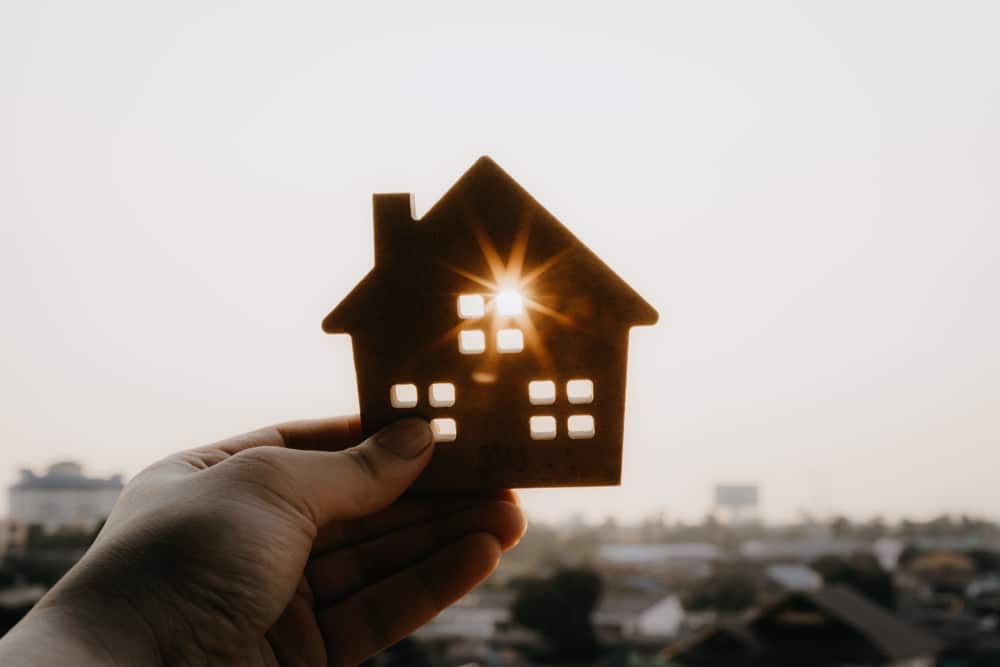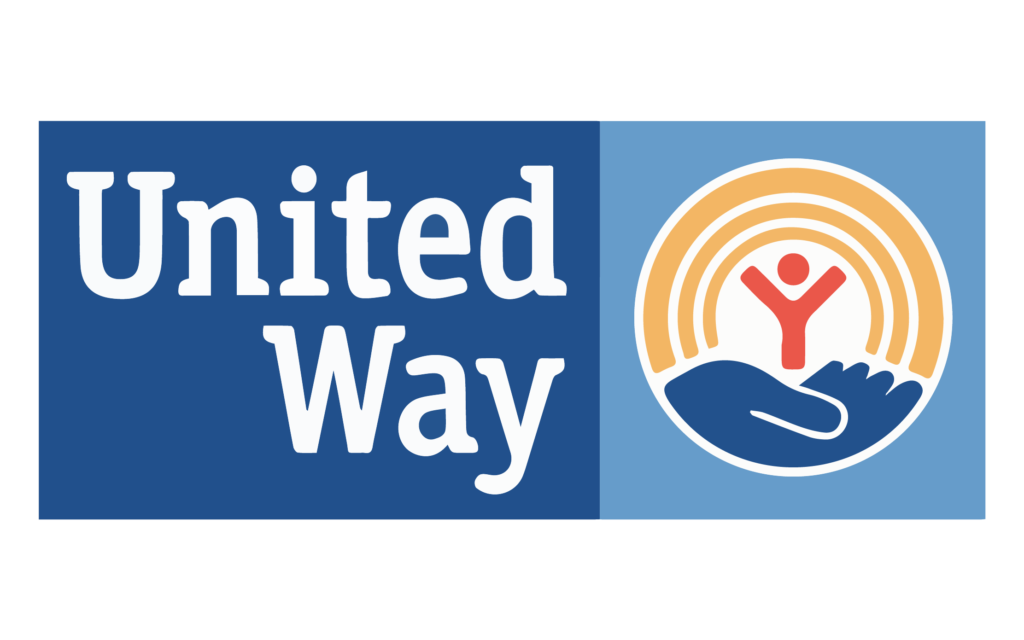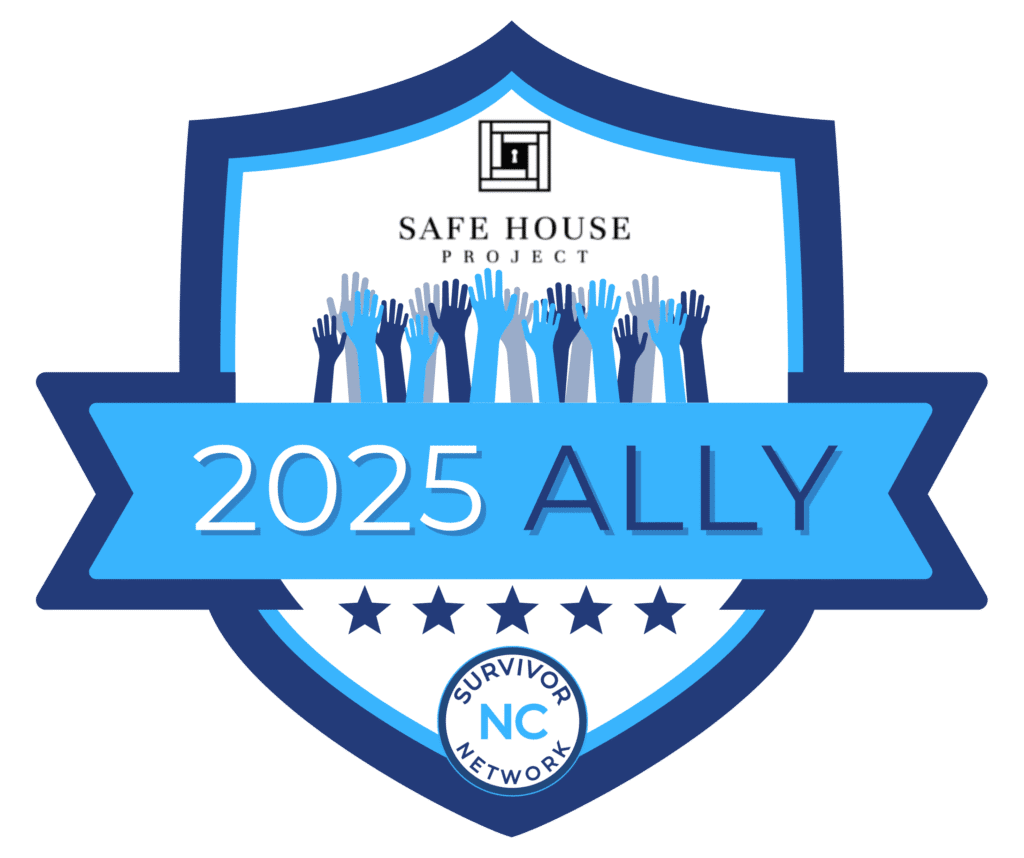Escape from human trafficking is just the beginning of a long and transformative journey for victims. While escaping the clutches of traffickers is a monumental step, the road to recovery, healing, and reintegration into society is complex. Survivors often require immediate safety, medical care, and emotional support. Safe homes are designed to offer this essential care, functioning as a secure haven where survivors can begin to rebuild their lives.
Safe House Project plays a crucial role in this recovery process as a connector to resources. With a network of safe homes across the country, our organization ensures survivors receive trauma-informed care tailored to their individual needs. These homes provide much more than just a roof; they offer a clear path to recovery, equipping survivors with the tools to regain control over their futures. In this blog, we’ll explore what happens after survivors enter a safe home, highlighting the services and support systems that help them rebuild their lives.
1. Immediate Response
Providing Immediate Care and Shelter
Upon arriving at a safe home, survivors are welcomed into an environment of safety and respect. One of the first steps involves conducting an intake assessment to understand the survivor’s medical, psychological, and physical needs. This crucial phase allows the support team to develop a personalized plan for each individual’s care. Medical professionals are brought in to address any urgent health concerns. Many survivors may have untreated injuries or illnesses resulting from the abuse they endured.
Initial Intake and Assessment
Once the assessments are complete, the focus shifts to ensuring the survivor’s comfort and security. Safe homes provide a stable, secure place where survivors can start to feel grounded again, often for the first time in months or years. Survivors are given clothing, meals, hygiene products, and a quiet, comfortable space to rest. These basic provisions are a crucial first step in restoring dignity. In addition to material support, the environment of a safe home is structured yet calming, offering survivors a sense of predictability they may not have experienced in a long time. This stability creates a foundation from which they can begin their emotional and psychological recovery. The safe home is often their first exposure to consistent care and protection, allowing them to finally exhale and start to heal.
From physical examinations to providing necessary medications, healthcare becomes an immediate priority. Psychological assessments follow, aiming to understand the depth of trauma the survivor has experienced. These evaluations allow the team to design a tailored recovery plan, ensuring each person receives the right care at the right time. The initial intake is handled with the utmost compassion and confidentiality to help survivors begin to feel safe again.
2. Building Trust and Emotional Support
Trauma-Informed Counseling
Survivors of trafficking have experienced extreme forms of trauma that can take years to process and heal from. Safe homes provide trauma-informed counseling services, which are designed specifically to help individuals cope with the psychological effects of exploitation. Therapists who specialize in trauma work closely with survivors, guiding them through a carefully planned therapeutic process. Using evidence-based approaches like cognitive-behavioral therapy (CBT) or eye movement desensitization and reprocessing (EMDR), counselors focus on helping survivors rebuild trust in others and in themselves. Recovery is a slow and deeply personal journey, and each survivor progresses at their own pace. The counselor’s role is to offer support, listen without judgment, and help the survivor manage feelings of guilt, fear, or anger.
Peer Support and Community Building
A critical element of recovery is connecting with others who have faced similar challenges. Peer support programs within safe homes provide survivors with the opportunity to share their experiences and learn from one another. Group therapy sessions, peer support meetings, and communal activities foster a sense of solidarity and shared healing. For many survivors, this is the first time they have met others who truly understand their trauma. These interactions can be profoundly healing, offering a reminder that they are not alone. Through these connections, survivors begin to rebuild a sense of community, which is key to long-term emotional resilience. This supportive network can extend well beyond their time in the safe home, providing a continued source of strength and empowerment.
Life Skills Training
Regaining independence is a critical milestone in the recovery process. Safe homes offer life skills training that equips survivors with practical tools to manage their daily lives and move toward self-sufficiency. Life skills training covers a wide range of topics, from basic budgeting and household management to job readiness and educational support. By learning how to handle day-to-day tasks, survivors regain a sense of autonomy and control. These programs also focus on empowerment, helping individuals develop the confidence to take on new challenges. Whether it’s learning to cook for themselves or preparing for a job interview, each skill gained is a step toward independence.
3. Legal and Educational Support
Legal Advocacy
The legal system can be an intimidating and confusing place for survivors of trafficking, particularly those navigating immigration or family law matters. Many safe homes offer legal advocacy services to help survivors understand their rights and address critical issues such as obtaining legal immigration status, reuniting with family members, or establishing child custody arrangements. Legal advocates play a vital role in guiding survivors through these processes, ensuring they have access to the support and protection they need. By addressing these essential legal concerns, advocates provide survivors with a foundation for rebuilding their lives and achieving long-term stability.
Educational and Vocational Support
Education and career training are pivotal for survivors seeking long-term independence. Safe homes partner with educational institutions and employment agencies to provide these vital resources. GED programs, job training, and access to higher education are just some of the options available to survivors. These opportunities not only enhance their career prospects but also restore a sense of normalcy and purpose. Vocational support includes job placement services, internships, and on-the-job training, helping survivors build the skills necessary for financial independence. These programs are crucial for breaking the cycle of dependency and ensuring that survivors can move forward with confidence.
Family Reunification and Reintegration
For some survivors, reconnecting with family members is an important part of their healing journey. Safe homes offer survivors the choice to reunite with family, supported by counseling and structured planning. In cases where family reunification is possible, safe homes provide counseling and support to ensure a smooth transition. This may involve family therapy sessions or creating structured plans to help both the survivor and their loved ones navigate the reintegration process. Ensuring that survivors feel safe and supported during this transition is key to a successful reunion.
4. Preparing for Life Beyond the Safe Home
Transition to Independent Living
When survivors are ready to leave the safe home, the goal is to help them transition into independent living. This often involves finding stable housing and securing employment. Case managers work closely with survivors to identify housing opportunities, secure affordable and safe accommodations, and ensure they have access to necessary resources. Employment support includes resume building, interview preparation, and job placement services. With these tools, survivors are equipped to reenter society with the confidence and skills they need to thrive.
Ongoing Support Networks
Even after leaving the safe home, survivors continue to receive support through follow-up services, mentorship programs, and community groups. Survivors can stay connected to the support networks they built during their time in the safe home. Continued access to mental health services, community support groups, and one-on-one mentorship ensures they have guidance as they navigate life outside the safe home. These ongoing connections provide a critical safety net, helping them maintain their progress and continue to grow.
Facing Challenges of Reintegration
Reintegrating into society after trafficking is not easy. Survivors often face stigma, emotional setbacks, and the challenge of establishing new routines. Safe houses offer workshops and continuous counseling to help survivors develop resilience and cope with these challenges. Whether it’s learning to manage the stress of daily life or dealing with the lingering effects of trauma, these resources are vital in helping survivors adjust to life outside the safe homes.
Despite the challenges, survivors go on to lead fulfilling, independent lives. Their successes serve as powerful reminders of the opportunity and hope safe homes provide. From reuniting with families to starting careers, these moments highlight the resilience and strength of survivors and demonstrate that recovery is not only possible but achievable.
Safe House Project
At Safe House Project, we are committed to helping survivors reclaim their lives. If you or someone you know needs assistance, don’t hesitate to reach out. You can support our mission to end human trafficking by making a donation today. Together, we can make a difference and offer hope to those who need it most.










